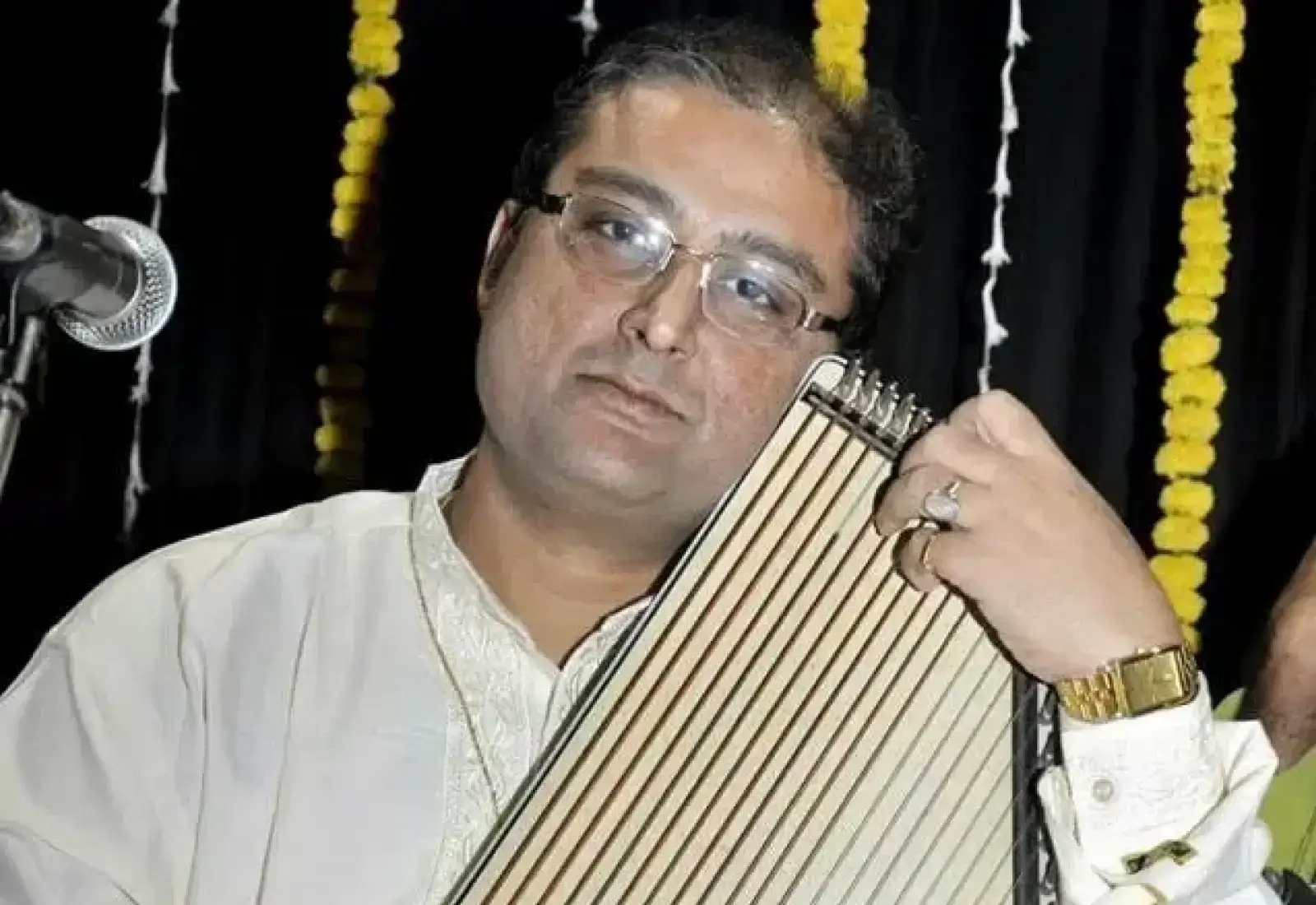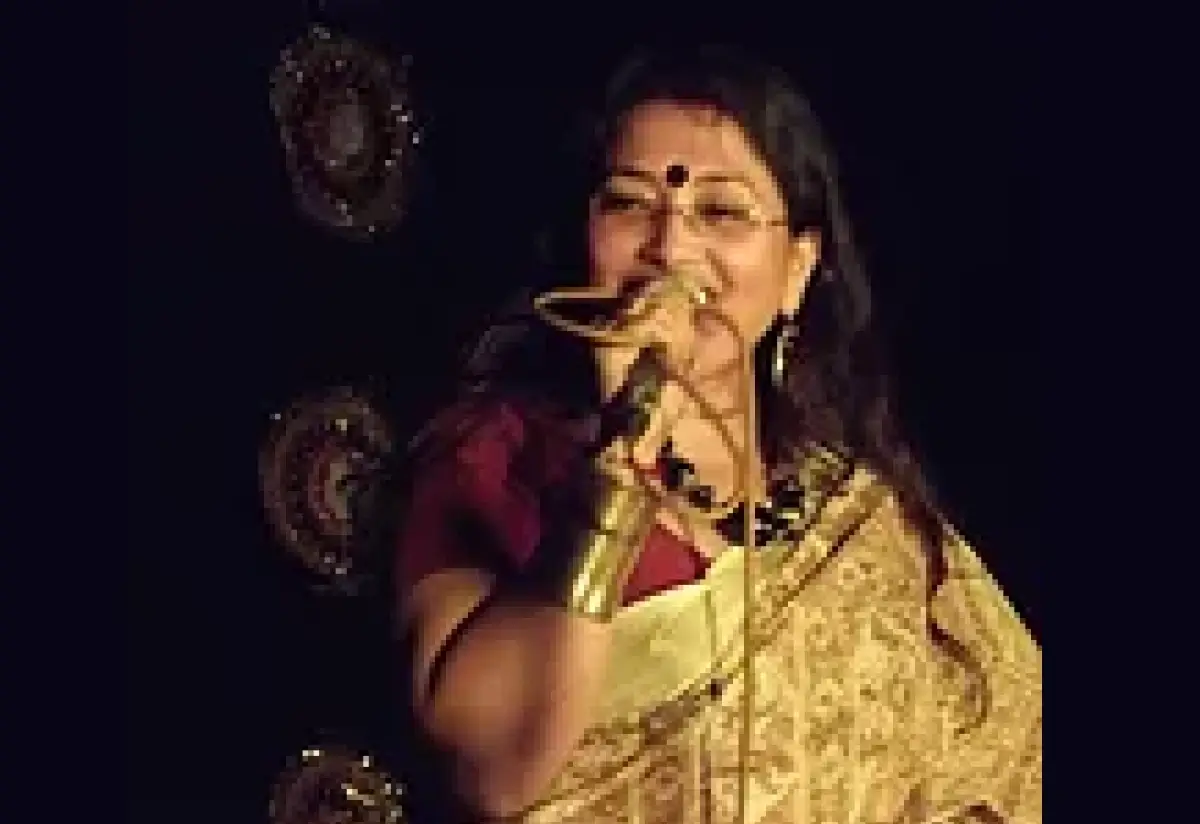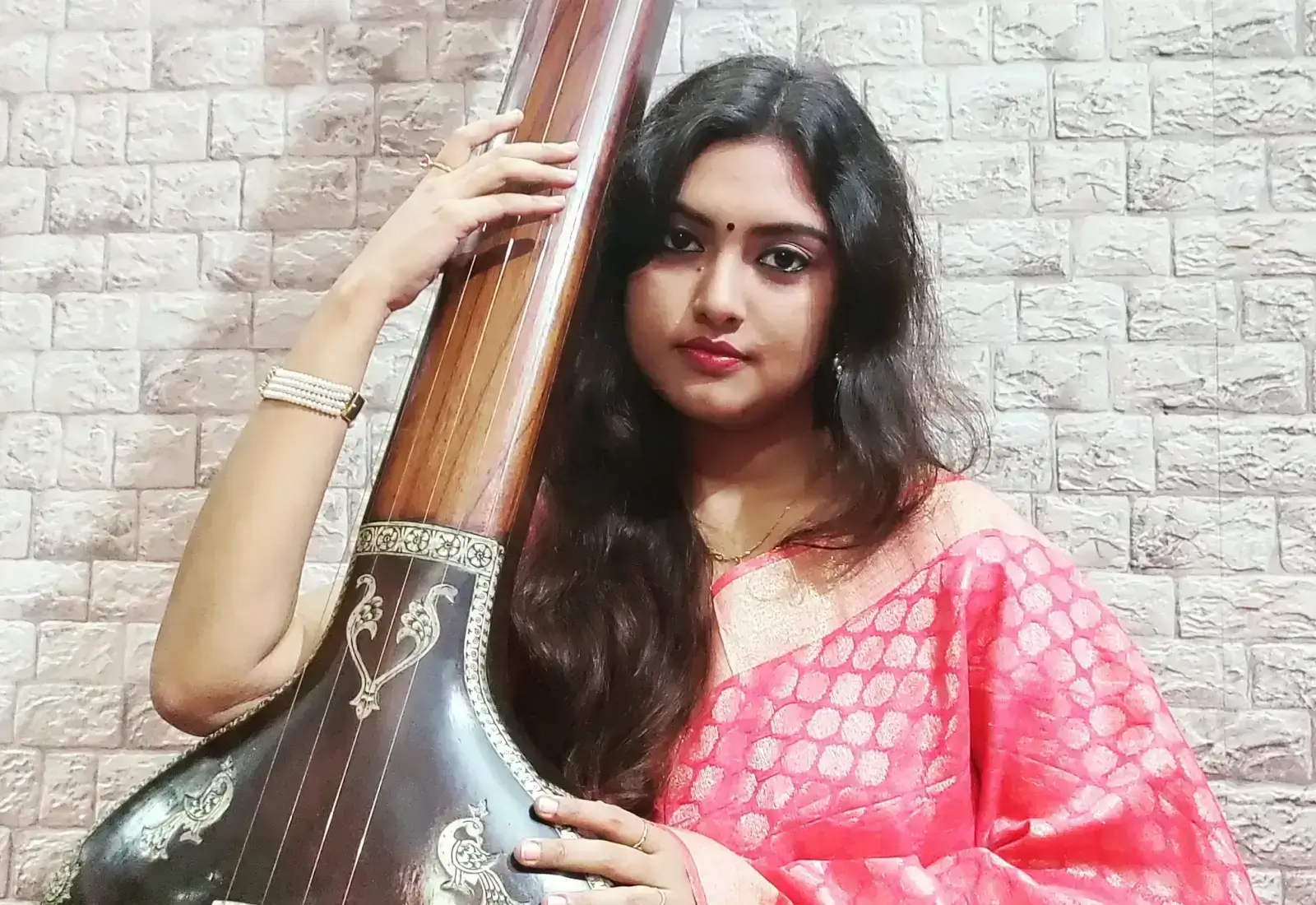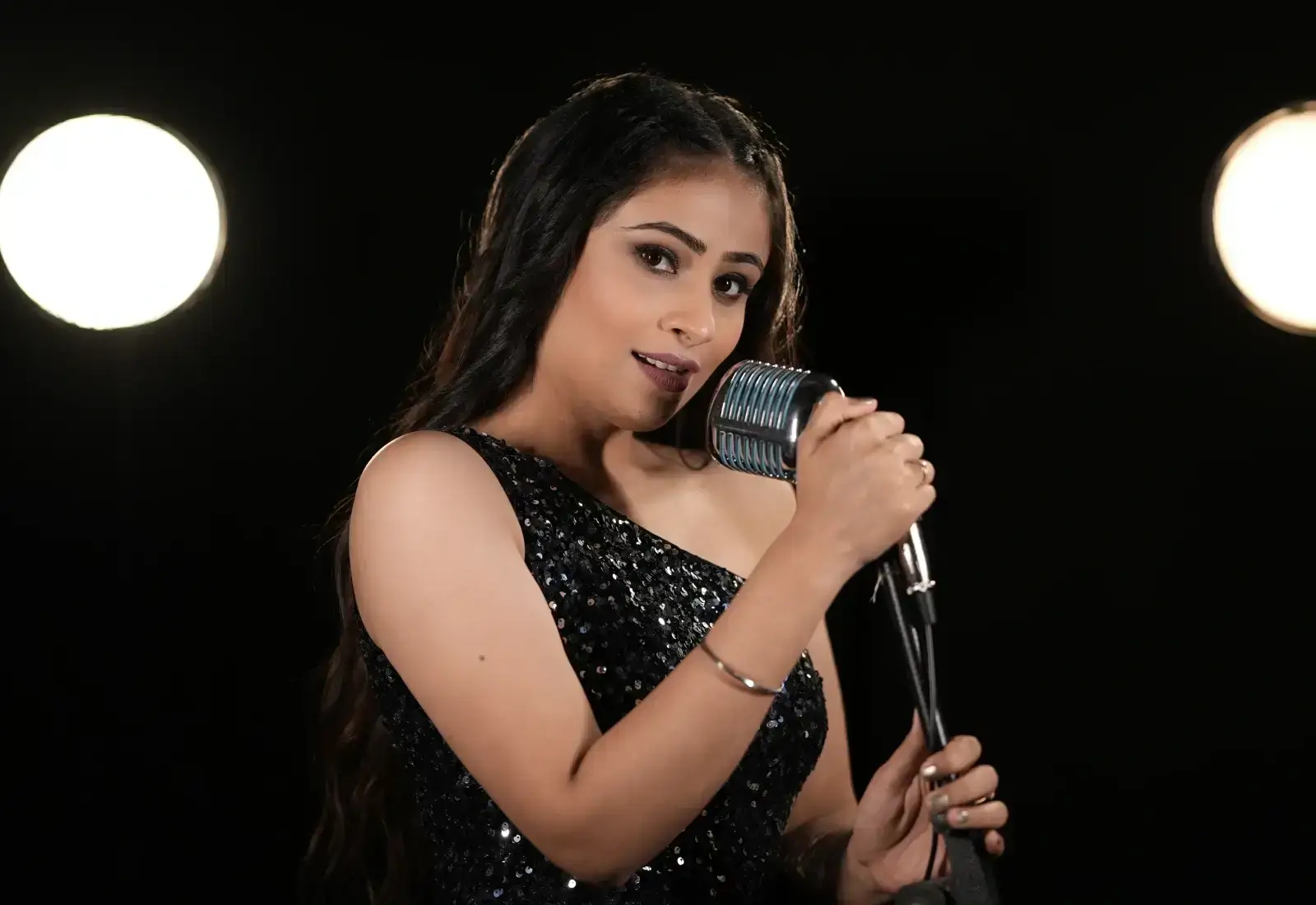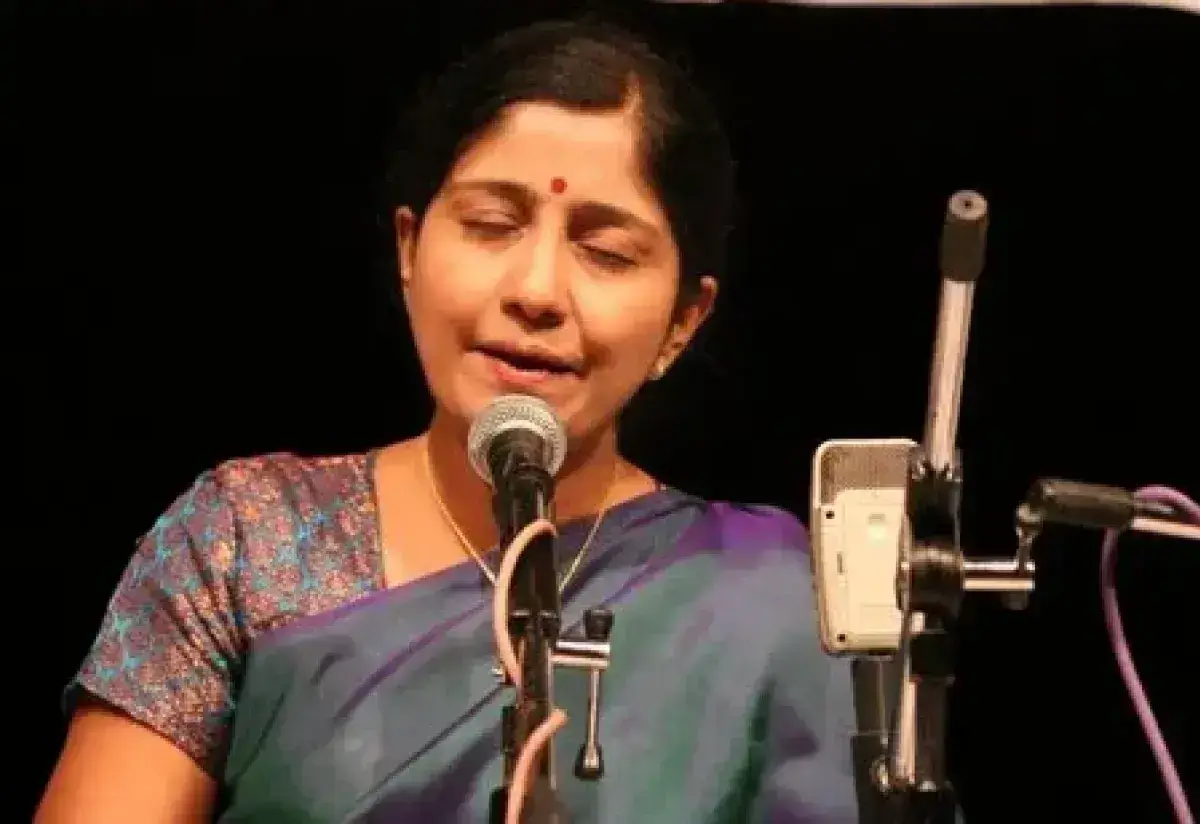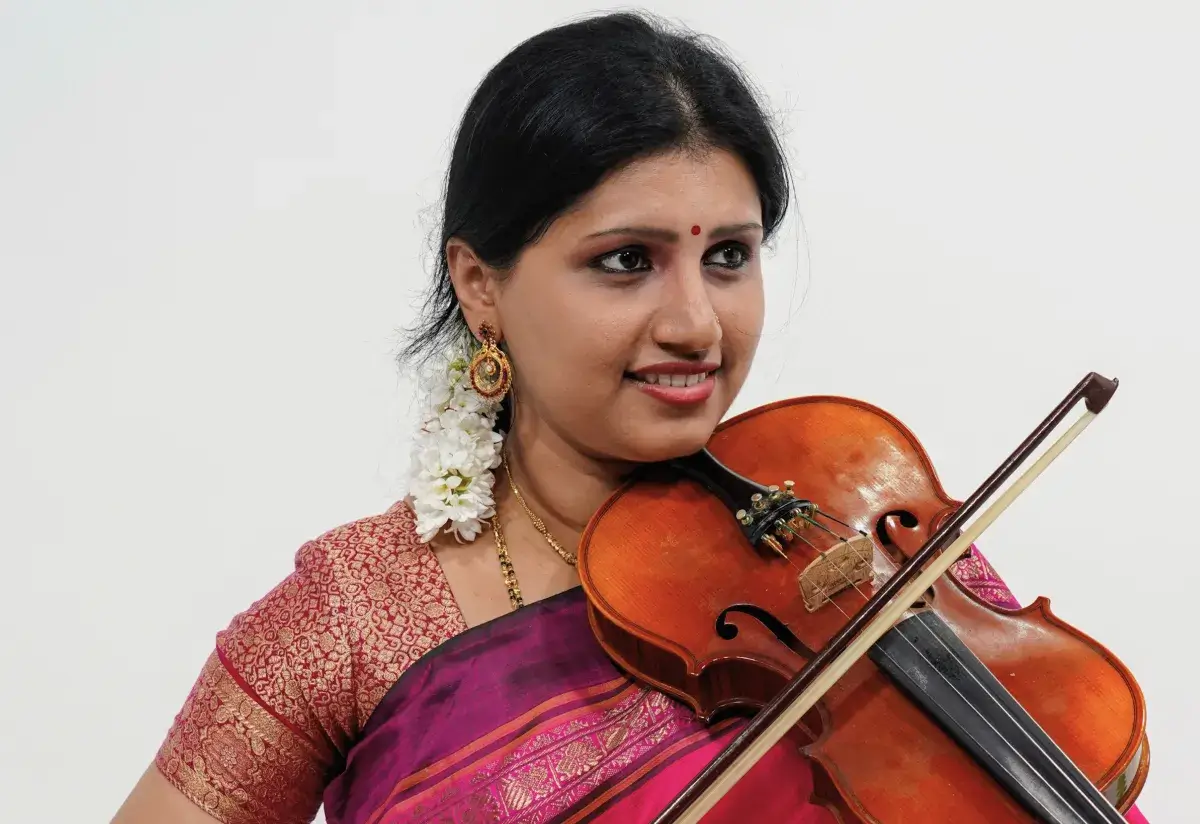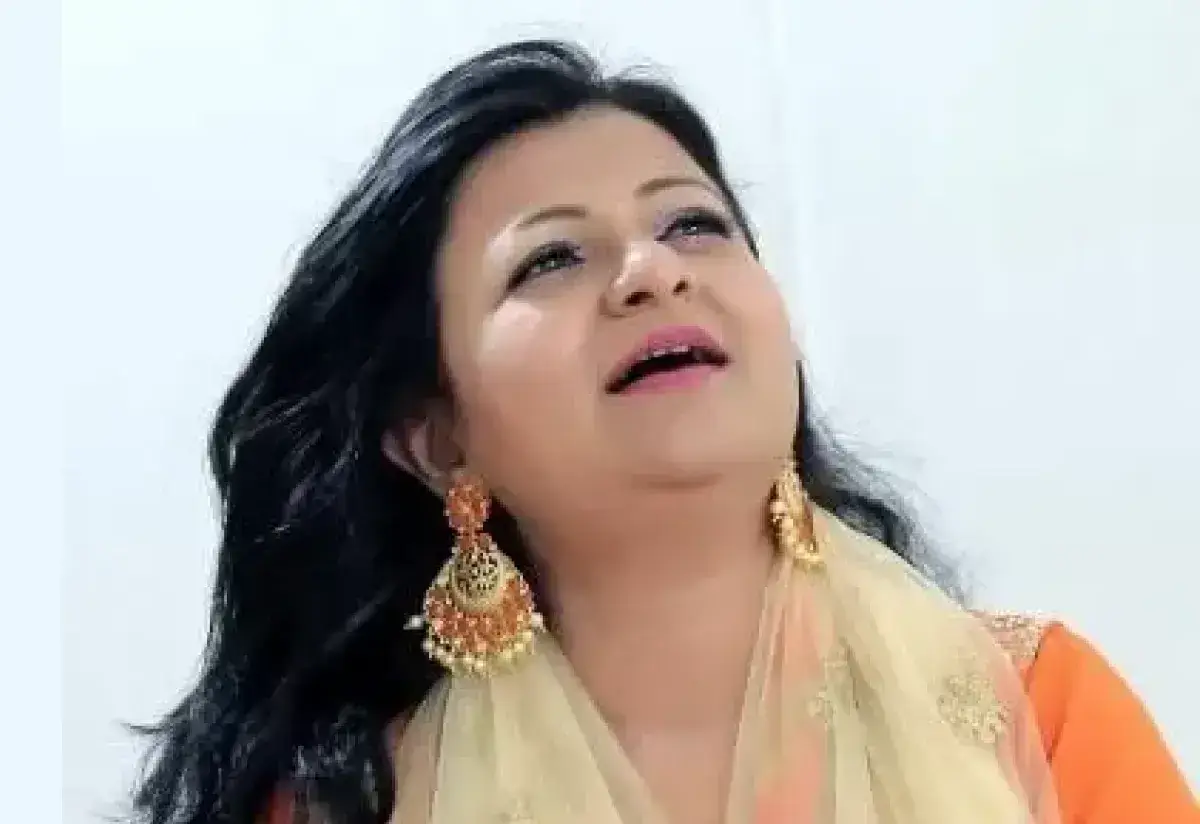What is Vocal Range and How to Find Your Vocal Range?
In the context of singing, vocal range refers to the reach between the lowest and the highest points or notes that singers can project their voice comfortably and confidently.
Having a wide vocal range of at least two and a half to three octaves is considered to be a sign of commendable singing abilities.
It means that you can render the diverse vocal techniques at the lowest note and the highest note of your vocal range with equal aplomb.
Your vocal range also helps to determine your voice type.
The vocal range is measured in octaves.
In the context of vocal range, it is important to know about the octave.
What is an Octave?
An octave refers to a musical interval that stretches over eight notes.
The Western musical system labels these notes as - C, D, E, F, G, A, and B. In the Indian context, the notes or the swaras are labeled as Sa, Re, Ga, Ma, Pa, Dha, and Ni.
The eighth note in the sequence is the same as the first but at a higher or lower pitch. For example - C, D, E, F, G, A, B, C1 - makes one octave. Thus we can also say that an octave is an interval between two pitches - C and C1 or C1 and C2, and so on.
Every musical note has a certain frequency when they are sung in one octave. And the moment you ascend to the next octave - the frequency of the musical notes becomes double.
Likewise, when you descend to the octave that comes before - the frequency of the musical notes is halved.
Finding Vocal Range through Octaves
A singer's vocal range spans over multiple octaves, encompassing both low and high pitches.
The ability to navigate through this range contributes to the singer's expressiveness and versatility in interpreting various musical pieces.
Depending on the vocal range, there are different voice types such as bass, baritone, tenor, alto, soprano, etc.
Vocal range is measured by the number of octaves a singer can cover. Here is an attempt to break it down for a better understanding in the context of Western music-
- Singers with Bass voice type start singing in the range of E2 to E4.
- Alto voice types have a voice range between F3 and D5.
- Singers with a Baritone voice start in the range of F2 and F4 for chorus and between G2 and G4 for operas.
- Mezzo-soprano voice types sing in the range of A3 and F5.
- Tenor voice types sing in the range of C3 and B4.
- Singers with Soprano voice types sing in the range of C4 and A5.
In the Indian Context
Indian classical music requires the singer to cover three octaves -
Mandra Saptak: In Indian classical music, the term "mandra saptak" refers to the lower octave. It includes a lower range of notes and is associated with deeper and bass-oriented sounds.
Madhya Saptak: "Madhya saptak" refers to the middle octave. This is the intermediate range of notes and is often considered the central and balanced part of the vocal range.
Taar Saptak: The upper octave is termed "taar saptak." It involves a higher range of notes and is associated with brighter and more resonant sounds.
Indian singers are expected to navigate these three octaves with precision and control, expressing the intricate nuances of various ragas and musical compositions.
Vocal Range of Famous Singers
Have you ever been overwhelmed by how famous and successful singers sing? Have you ever wondered how they render the most complex compositions at the highest pitches and emote with absolute finesse? Do you want to know the vocal range of your favorite singers? Here’s presenting a few of them.
Celine Dion
The voice and the magic behind songs like ‘My Heart Will Go On,’ ‘Because You Loved Me,’ and ‘Loved Me Back to Life,’ and numerous others - Celine Dion is known for her rich and full-bodied voice with the ability to sing both lower and higher notes.
Celine Dion is classified as a mezzo-soprano, a female voice type that typically ranges between the alto and soprano.
While different sources are quoting different voice ranges for her - some estimates suggest her voice range to be between B2 and D2.
Micheal Jackson
Michael Jackson's impressive and distinctive vocal range contributed to his iconic sound. While estimates of his exact vocal range can vary, it is generally considered to be around four octaves. His voice could span from the lower baritone range (E2 or F2) to the upper tenor range (around C5 and E6 or even higher.)
Please note that these are approximate estimations. The actual notes may vary as per the recording or performance requirements.
Elvis Presley
Elvis Presley is one of the legendary vocalists whose contribution to Rock music is still held with high regard. Some of the most memorable songs voiced by Presley include ‘Cant’s Help Falling in Love,’ ‘Marguerita,’ ‘Love Me Tender,’ and ‘In the Ghetto’ among many others. These magical songs remain etched in the memories of music lovers even today.
Elvis is known to have a Baritone voice with a vocal range between E1 and A5.
Indian Vocalists
The voice types in Indian classical and playback singing are not as rigidly defined as in Western classical music. Singers are often recognized for their unique tonal quality, style, and emotive expression rather than fitting into specific voice categories.
Also, as mentioned above - the vocal range is often explored through the concept of octaves (saptaks) and involves the lower, middle, and upper registers.
Classical singers like Ustad Rashid Khan and Rahat Fateh Ali Khan are known for their ability to navigate through these registers seamlessly. They can display depth in the lower octave (mandra saptak), richness in the middle octave (madhya saptak), and clarity and brilliance in the upper octave (taar saptak).
Lata Mangeshkar has a soprano voice. And it has been instrumental in her ability to sing a vast variety of songs across genres and languages.
Shreya Ghoshal is recognized for her ability to cover a broad spectrum of pitches. She is adept at singing in various octaves, smoothly transitioning between lower and higher notes.
Likewise, Arijit Singh is a tenor as per the Western classification and known to sing in the higher registers with ease.
Can You Expand Your Vocal Range?
As a new vocal music learner, you watch your teacher as they pace up and down multiple octaves with absolute ease. You feel overwhelmed to see their vocal finesse and wonder - will I ever be able to expand my vocal range?

The answer is - Yes! Of course! What else are you here for? Some people are indeed born with an exemplary vocal range. But the ones who don’t have it by birth can acquire it through proper guidance and consistent practice.
So let’s get started -
Set Your Expectations Right
As discussed above the voice types are categorized according to the singer’s vocal range. Expanding the vocal range will not help you to change your voice type.
Your vocal range is determined by the physical characteristics of your vocal cords and throat, which are largely determined by genetics. While training and practice can help you develop better control and flexibility within your existing range, it's unlikely that you can dramatically alter your voice type. However, with proper training and technique, you can often expand your usable range and improve the quality and consistency of your singing within your natural voice type.
Practice the Notes in the Lowest Register
Do you know what will happen if you practice singing the notes in the lowest register of your vocal range? As low as you can sing with accuracy, the higher you can reach. Here is how -
First, singing in the lower register engages different muscles in the vocal mechanism, helping to develop vocal strength and control. This, in turn, enhances overall vocal support and stability, which is crucial for singing in the higher register without strain.
Second, lower notes often require more chest resonance, while higher notes rely more on head resonance. By practicing lower notes, singers can learn to balance and blend these resonances, resulting in a smoother transition between registers and improved tone quality.
Also, working on lower notes can help expand the vocal range downward, providing a stronger foundation for reaching higher notes.
Developing a solid lower register can also ensure better breath control, as lower notes typically require more breath support and management.
Finally, practicing across different registers enhances vocal flexibility, allowing singers to navigate smoothly between various octaves.
Experiment with Various Vocal Techniques
Experimenting with various vocal techniques, such as chest voice, head voice, and mixed voice, can help expand your vocal range in several ways:
Accessing Different Registers
Each vocal technique emphasizes different parts of your vocal range. Chest voice tends to focus on the lower register, head voice on the higher register, and mixed voice combines elements of both. By learning to utilize each of these techniques effectively, you can access a broader range of notes throughout your vocal range.
Developing Vocal Flexibility
Practicing different vocal techniques requires you to engage and coordinate different muscle groups in your vocal mechanism. Over time, this helps to improve overall vocal flexibility, making it easier to transition smoothly between different parts of your range without strain or breaks.
Expanding Vocal Coordination
Experimenting with various vocal techniques allows you to explore different ways of producing sound and controlling your voice. This helps you develop greater control and coordination over your vocal instrument, enabling you to sing more accurately and confidently across a wider range of pitches.
Enhancing Tone Quality
Each vocal technique has its own unique tone quality and timbre. By blending these different vocal qualities, you can create a richer, more dynamic sound that adds depth and texture to your singing. This can make your vocal performances more expressive and engaging, enhancing your overall musicality.
Preventing Vocal Strain
Learning to use a variety of vocal techniques reduces the likelihood of strain or fatigue by distributing the workload more evenly across your vocal mechanism. This allows you to sing more comfortably and sustainably, reducing the risk of vocal injury and enabling you to explore your full vocal potential.
Learn How to Avoid Straining Your Voice
Avoiding vocal strain is essential for maintaining vocal health and longevity. Here are some tips to help prevent strain while singing:
Proper Warm-Up
Always warm up your voice before singing, just like an athlete warms up before physical activity. Gentle vocal warm-up exercises help prepare your vocal cords for singing by increasing blood flow and flexibility.
Maintain Good Posture
Stand or sit up straight with your shoulders relaxed and your head aligned with your spine. Good posture allows for proper breath support and helps prevent tension in the neck and throat muscles.
Use Proper Breath Support
Support your singing with deep, diaphragmatic breathing. Focus on inhaling deeply into your lower abdomen and engaging your diaphragm to control the release of air as you sing. Avoid shallow breathing from the chest, which can lead to tension and strain.
Stay Hydrated
Drink plenty of water throughout the day to keep your vocal cords hydrated. Dry vocal cords are more prone to strain and injury, so it's essential to stay well-hydrated, especially when singing.
Avoid Vocal Abuse
Refrain from yelling, screaming, or speaking loudly for extended periods, as this can strain your vocal cords. Be mindful of your speaking voice and use proper vocal projection techniques to avoid unnecessary strain.
Limit Vocal Fatigue
Take regular breaks during practice or performance to give your voice a rest. If you feel any signs of vocal fatigue or strain, stop singing and rest your voice until it feels better.
Listen to Your Body
Pay attention to any signs of discomfort or strain while singing, such as hoarseness, soreness, or tension. If you experience any pain or vocal problems, take a break from singing and consult a vocal coach or healthcare professional for guidance.
Conclusion
While it is true that just having a wide vocal range alone doesn’t make you a good singer, many renowned singers have a limited vocal range. The singer’s expertise is measured by the distinctiveness, emotion, and artistry they bring to each note. However, having a good vocal range helps you to sing comfortably, master several vocal techniques efficiently, and sing duets and choruses with singers who sing in diverse octaves.
Would you like to learn about the various nuances that go behind developing amazing vocal skills and also explore those possibilities in your voice? Then you can explore online hindustani music classes.


